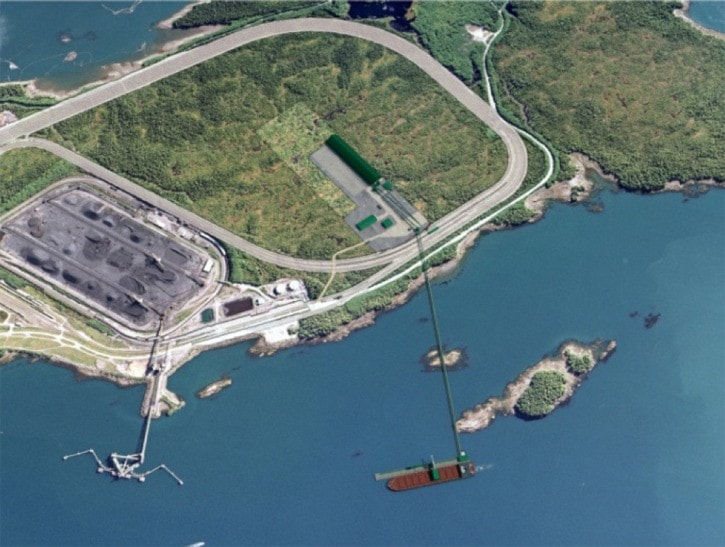While there hasn't been much discussion or news going out to the public, the idea of Canpotex locating a massive potash export facility in Prince Rupert is far from dead.
“The process is back on track, but that doesn't mean it is a done deal. Right now the environmental review process is taking place...I can say that we will have a clear decision by the end of this calendar year,” said Michael Gurney of the Prince Rupert Port Authority noting that the decision to proceed will have to be made by both the Federal Government and Canpotex.
Earlier this summer a final project description for both a potash export terminal on Ridley Island proposed by Canpotex and a road, rail and utility corridor proposed by the Prince Rupert Port Authority was submitted to the federal government and it outlines the two massive projects.
The Canpotex portion of the report calls for a marine wharf, access tressle, causeway and ship loading facility, a 180,000 tonne potash stoarge building and associated conveyor and dust collection system, an automated railcar unloading and conveyor system, a seddlement pond for storm water and washdown, administration, personnel, maintenance and storage buildings and site services including water, gas and sewage.
The Prince Rupert Port Authority side includes approximately a 7,818 meter long rail loop for up to 14 inbound and 11 outbound tracks, three inbound rail tracks and two outbound tracks leading to the Canpotex terminal, a 3.4 kilometre long, 69 kilovolt powerline conncting Ridley Island and the Canpotex Terminal to the BC Hydro transmission system and an access road with a rail overpass and underpass.
In terms of a timeline, the report projects site clearing in February or March of 2012 with construction starting in spring 2013 and ending in the first quarter of 2016.
And unlike some projects, the BC Environmental Assessment Office will take approval by the Canadian Environmental Assessment Agency as equivalent to their approval, meaning the project only needs federal approval to proceed. The report also indicates that meetings with local First Nations groups, including Metlakatla, Kitkatla and Lax Kw'alaams have been taking place sicne 2009 and as recently as June.
“The next step, I believe, is public consultation, so there will be some community meetings where input is sought to be taken into account,” said Gurney.
